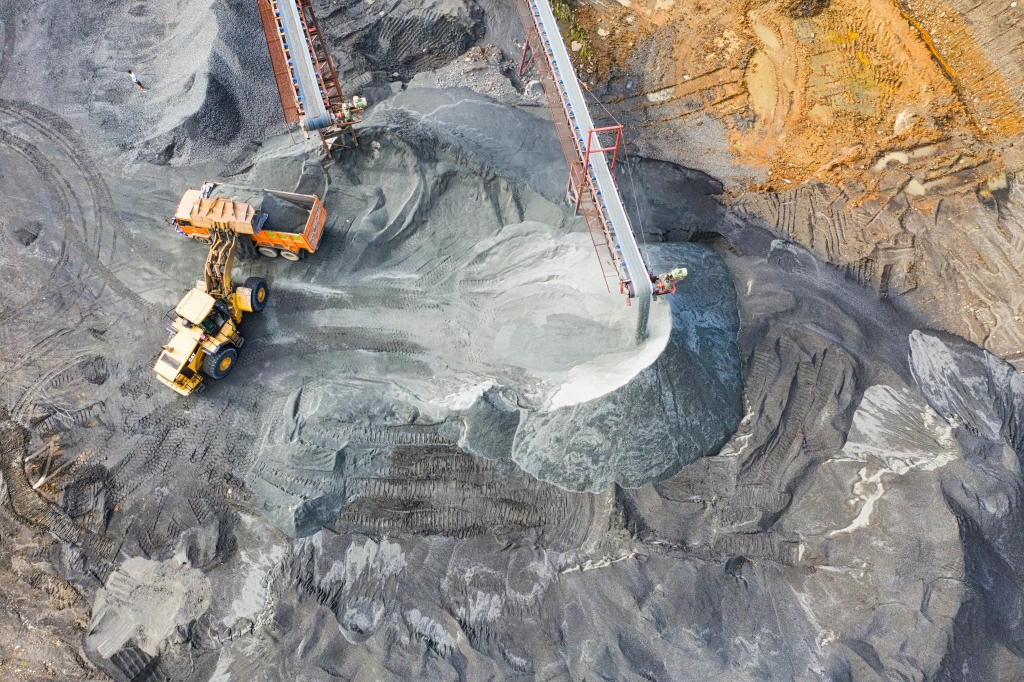Date of Publication: June 02, 2023
One-Line Summary: Getting enough cobalt* for today’s cell-phone and laptop batteries: could we be getting more from U.S. (domestic) mining?
Who did it: A team of researchers at the Colorado School of Mines.
What did they study: They figured out how much, and what kind, of cobalt* is in the massive sedimentary rocks that lie underneath Idaho. Then they compared it to other colbalt-rich rocks all over the world.
What they found: The cobalt in Idaho is tied up in sulfur-based* minerals. To extract cobalt from these minerals, we need technologies that, at present, the U.S. doesn’t have.
Why does this matter: The U.S. badly needs a domestic source of cobalt, because cobalt is a critical component of the batteries that power today’s electric cars, laptops, cell-phones. Today, ~70% of the world’s cobalt comes from the Democratic Republic of Congo, who exports most of it (84%) to China. Because these are not particularly stable or friendly-with-the-U.S. countries, the White House to rates cobalt as the most vulnerable metal of the U.S. economy.
What next: Many (six and counting) U.S. mining companies are ready to dig up these rocks in Idaho, but would have to get the cobalt extracted at facilities in other countries. To stabilize the U.S. cobalt supply, the U.S. needs to build new processing facilities within its borders, complete with expensive new technology.
Our take: Even though Idaho has huge amounts of cobalt rocks, they contain, in total, only enough to meet the current US demand for ~1 year, even using improved technologies for extraction. Unfortunately, the U.S.’s projected increased-use batteries (our main strategy for getting off of fossil fuels) will have to rely on non-domestic sources of cobalt, regardless of this study.
*The basics: Cobalt is a single-element metal. Sulfur-based minerals are multiple-element rock components: some examples are gypsum (used in plaster), and pyrite (aka “fool’s gold”).
Who to talk to: Dr. Elizabeth Holley, Colorado School of Mines, eholley@mines.edu
The paper: E.A. Holley, N. Zaronikola, J. Trouba, K. Pfaff, J. Thompson, E. Spiller, C. Anderson, R. Eggert; Cobalt mineralogy at the Iron Creek deposit, Idaho cobalt belt, USA: Implications for domestic critical mineral production. Geology, 2023; doi: 10.1130/G51160.1
Keywords: electric cars, lithium-batteries, renewable energy, mining, fossil fuels, electronics, cell phone, laptop, globalization, supply-chain, economy, green technology.

